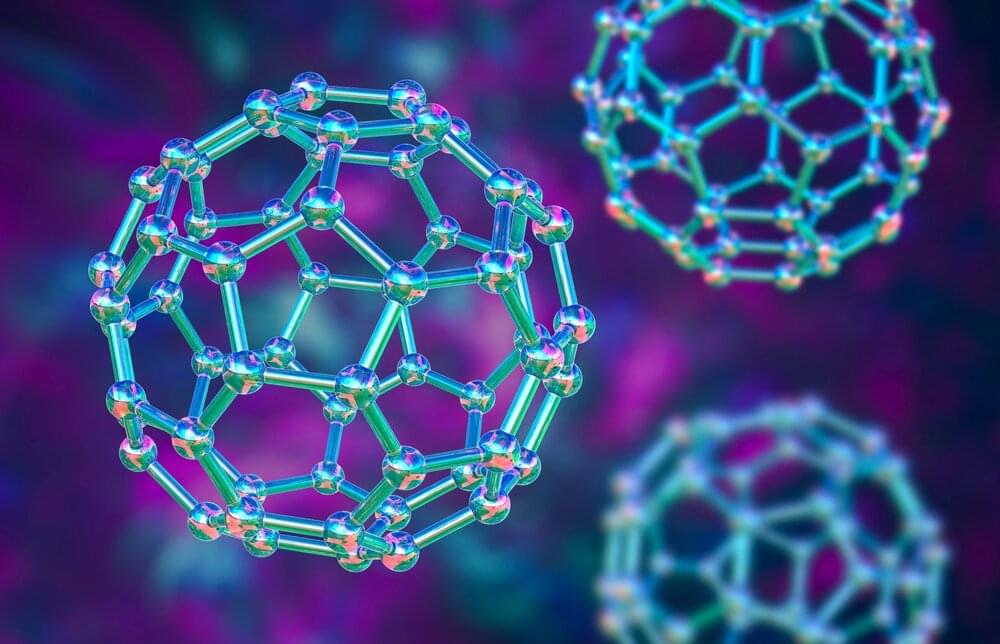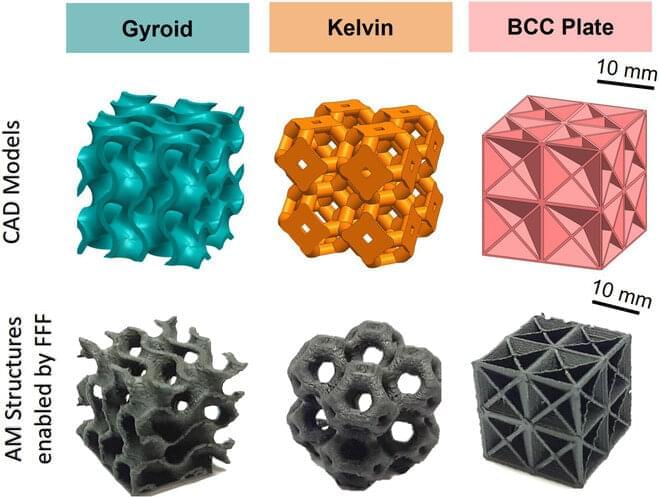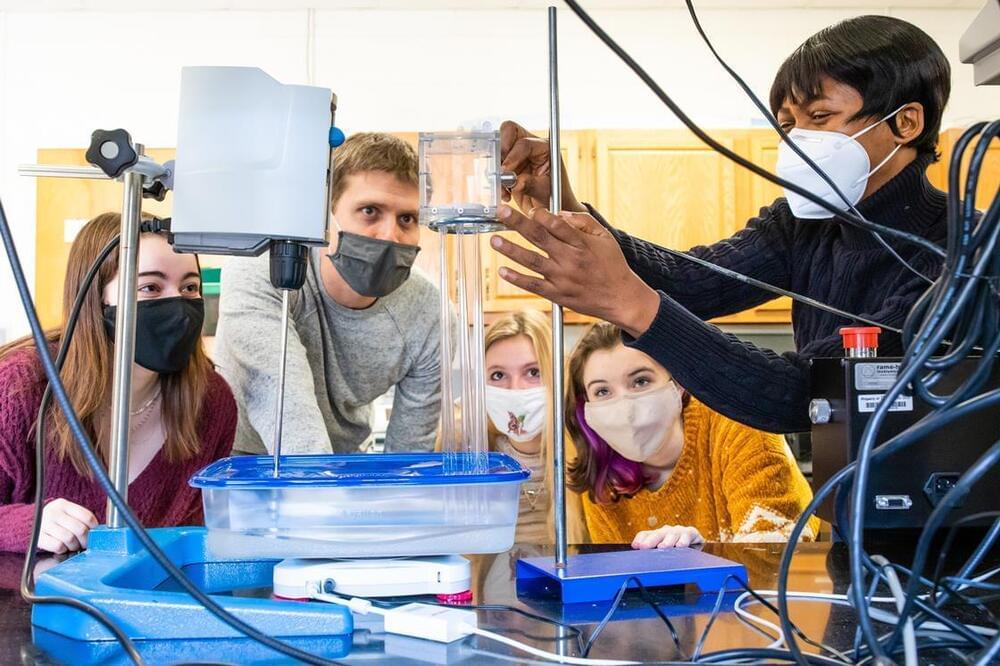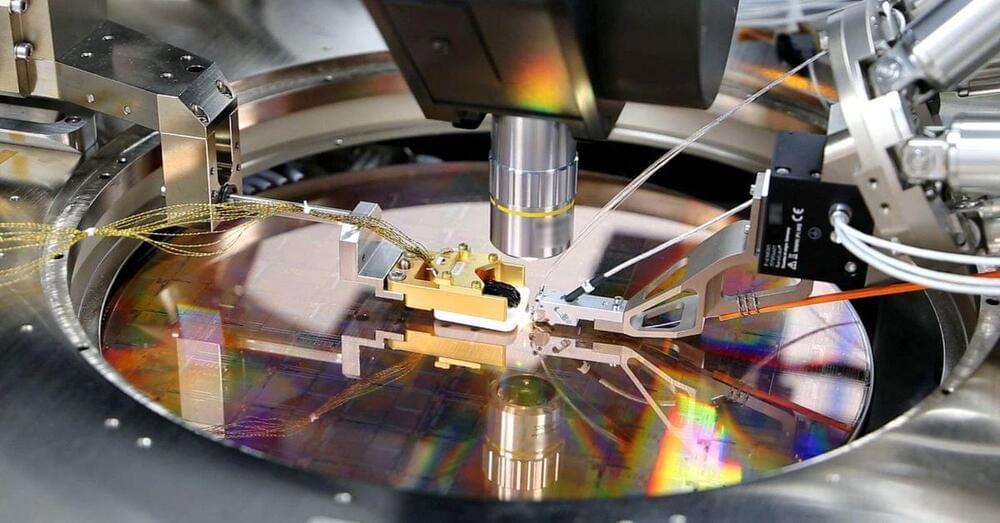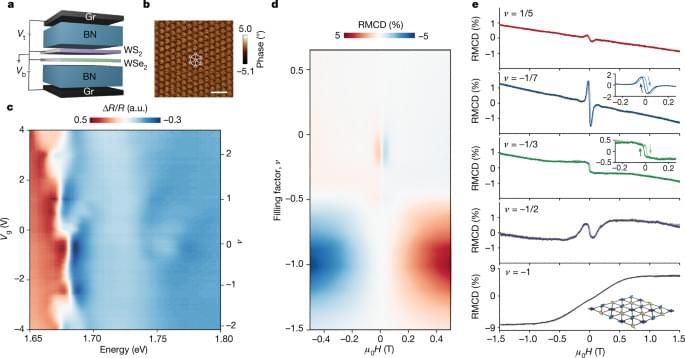The complex aerodynamics around a moving car and its tires are hard to see, but not for some mechanical engineers.
Specialists in fluid dynamics at Rice University and Waseda University in Tokyo have developed their computer simulation methods to the point where it’s possible to accurately model moving cars, right down to the flow around rolling tires.
The results are there for all to see in a video produced by Takashi Kuraishi, a research associate in the George R. Brown School of Engineering lab of Tayfun Tezduyar, the James F. Barbour Professor of Mechanical Engineering, and a student of alumnus Kenji Takizawa, a professor at Waseda and an adjunct professor at Rice.
